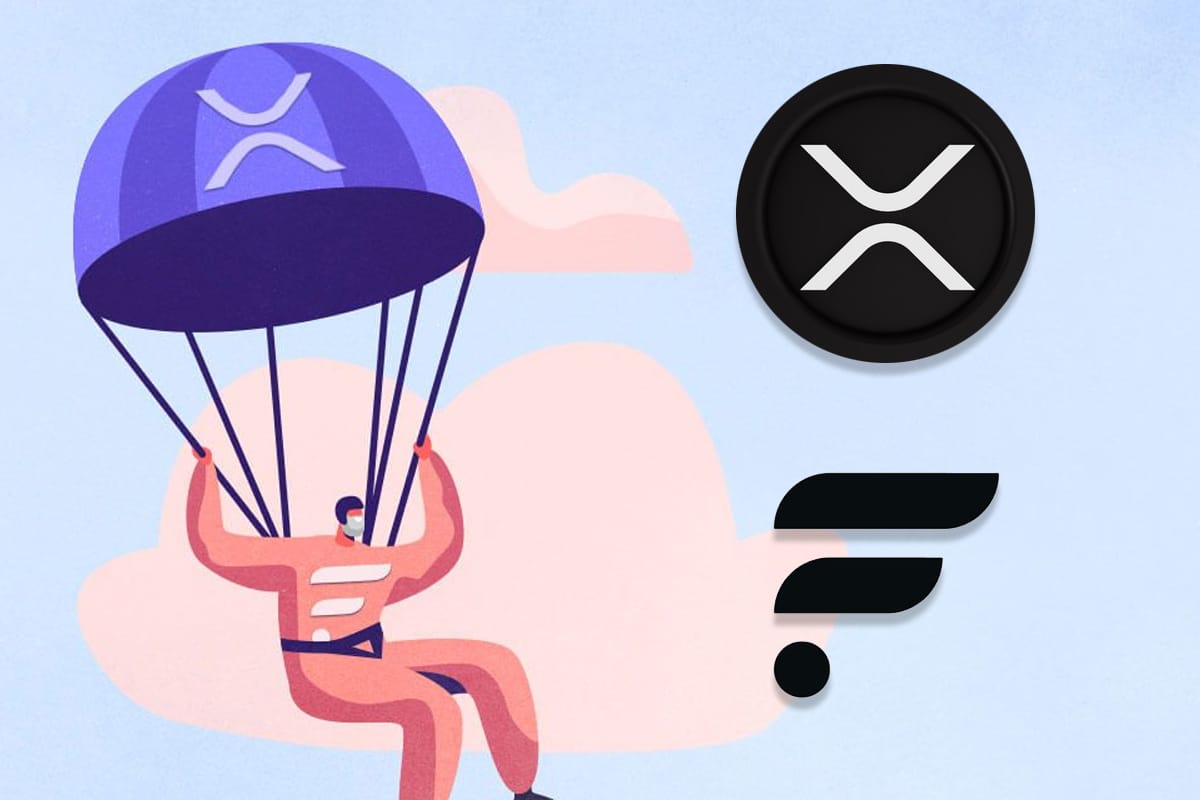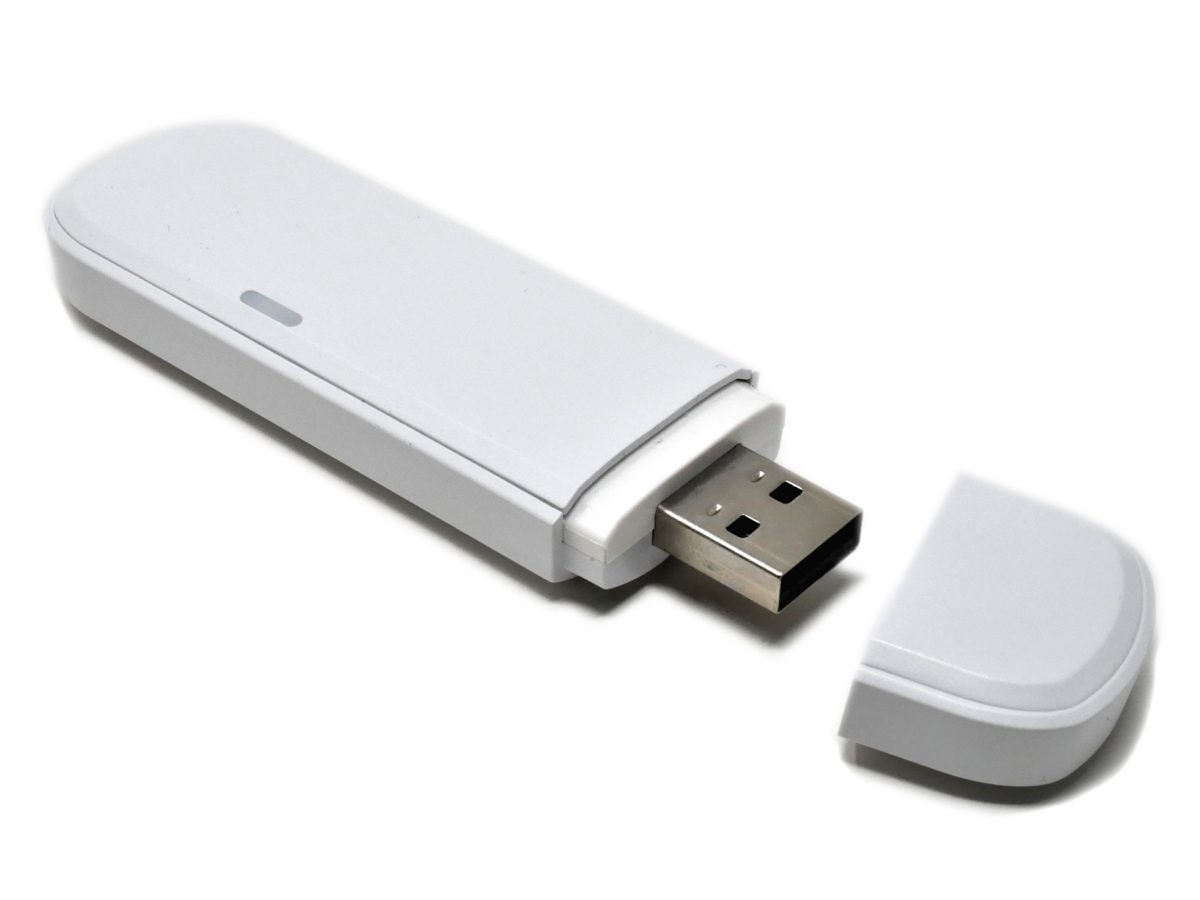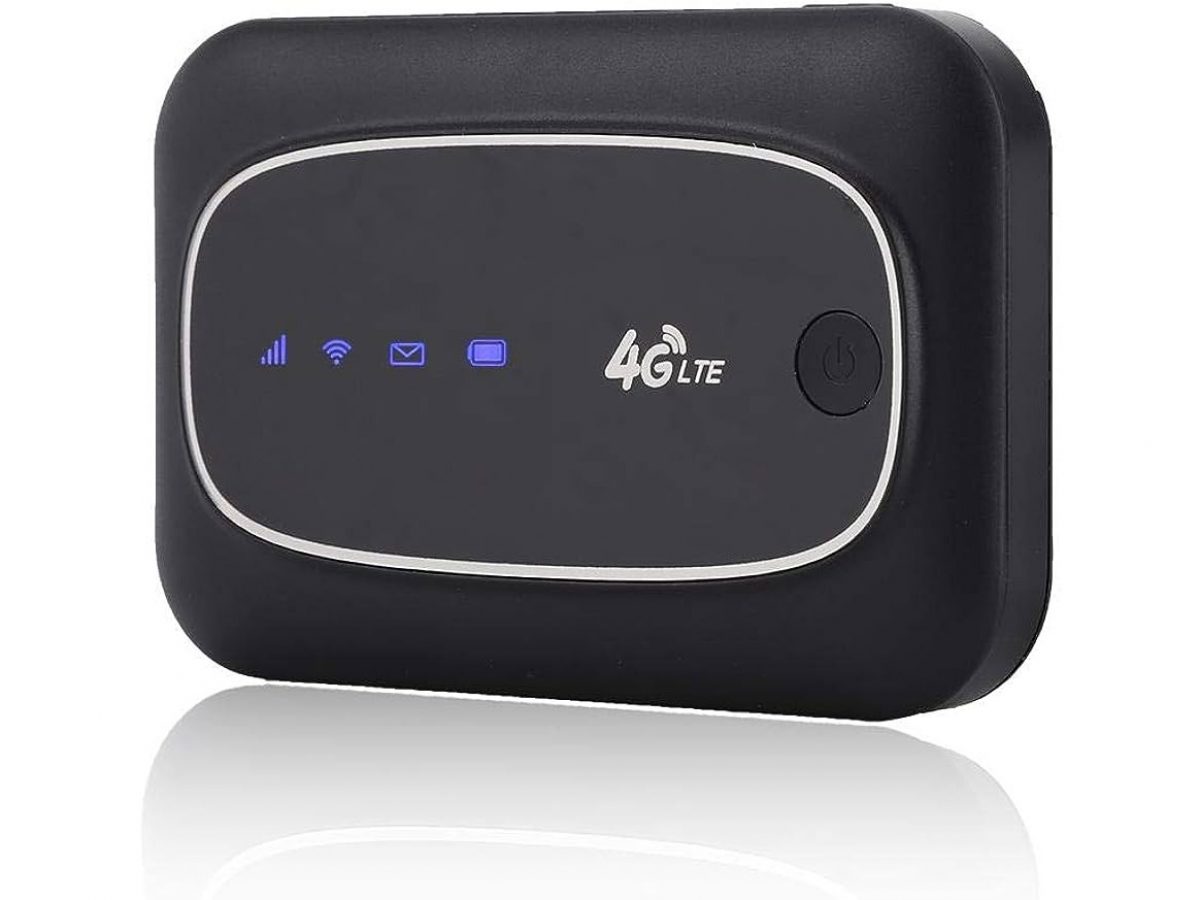What is Flare Crypto?
Flare Crypto is a decentralized network that aims to bring smart contracts to cryptocurrencies that don’t natively support them, such as XRP. It is built on the Flare Network, which utilizes the Flare Consensus Protocol (FBA) to enable the creation and execution of decentralized applications (dApps) on the XRP Ledger.
By integrating the Ethereum Virtual Machine (EVM) into the Flare Network, Flare Crypto allows developers to leverage the capabilities of Ethereum’s smart contracts, including programmable functions and self-executing agreements. This opens up a myriad of possibilities for XRP holders and developers who want to build decentralized applications and decentralized finance (DeFi) solutions.
At its core, Flare Crypto provides a bridge between the XRP Ledger and the Ethereum blockchain, enabling interoperability and expanding the functionality of XRP. It achieves this by creating a two-way peg, where XRP can be “wrapped” as FXRP on the Flare Network, granting XRP holders access to a wider range of DeFi opportunities.
Notably, Flare Crypto introduces the concept of “Spark,” a native token of the Flare Network. Spark serves various purposes within the network, including governance and utility for executing smart contracts. Importantly, Spark tokens are distributed to XRP holders in a process called the “Spark Token Distribution,” providing them with additional value and incentivizing participation in the Flare Network.
Overall, Flare Crypto empowers XRP holders and developers by bringing the benefits of smart contracts and DeFi to a network that previously lacked these capabilities. It fosters innovation and creates new opportunities for collaboration, liquidity provision, and decentralized financial services, ultimately contributing to the growth and evolution of the cryptocurrency ecosystem as a whole.
How does Flare Crypto Work?
Flare Crypto operates by utilizing the Flare Network, which serves as a bridge between the XRP Ledger and the Ethereum blockchain. Let’s explore the key components and mechanisms that make Flare Crypto function:
Flare Consensus Protocol: The Flare Network employs the Flare Consensus Protocol (FBA) as its consensus mechanism. FBA is a decentralized agreement algorithm that enables the verification and validation of transactions on the network. It ensures security, decentralization, and scalability while maintaining compatibility with the XRP Ledger.
Ethereum Virtual Machine (EVM): By integrating the EVM into the Flare Network, Flare Crypto allows developers to create and execute smart contracts using Ethereum’s programming language and tools. This compatibility opens up a wide range of possibilities for building dApps and leveraging existing Ethereum infrastructure.
Two-Way Peg: Flare Crypto introduces a two-way peg mechanism that links XRP and FXRP tokens. XRP, the native cryptocurrency of the XRP Ledger, can be locked on the XRP Ledger and “wrapped” to create FXRP tokens on the Flare Network. This process allows XRP holders to utilize their tokens within the Flare Network’s ecosystem.
Spark Token Distribution: The Spark Token Distribution is a mechanism through which Spark tokens are distributed to XRP holders. This distribution incentivizes XRP holders to participate in the Flare Network and provides them with an additional native token that can be used for various purposes, such as governance and executing smart contracts.
Decentralized Applications (dApps): With Flare Crypto, developers can create and deploy dApps that leverage the capabilities of smart contracts. These dApps can offer a wide range of functionalities, including decentralized finance (DeFi) services, tokenization, and more. The integration of the EVM allows developers to tap into the expansive Ethereum ecosystem and unlock new possibilities for innovation.
Overall, Flare Crypto works by combining the strengths of the XRP Ledger and the Ethereum blockchain, enabling XRP holders to access smart contracts, dApps, and DeFi services. Through its unique architecture and integration of the EVM, Flare Crypto paves the way for greater interoperability, liquidity, and growth within the XRP ecosystem.
Key Features of Flare Crypto
Flare Crypto offers a range of impressive features that contribute to its uniqueness and value in the cryptocurrency space. Let’s explore some of the key features:
- Smart Contract Functionality: Flare Crypto brings smart contract capabilities to the XRP Ledger, allowing developers to create and deploy decentralized applications (dApps) using the Ethereum programming language. This opens up a wide range of possibilities for the XRP ecosystem, including decentralized finance (DeFi) solutions, tokenization, and more.
- Ethereum Virtual Machine (EVM) Integration: By integrating the EVM into the Flare Network, developers can utilize the extensive tooling, infrastructure, and developer community of Ethereum. This integration allows for seamless interoperability between the XRP Ledger and the Ethereum blockchain.
- Two-Way Peg: Flare Crypto introduces a two-way peg mechanism that enables XRP holders to wrap their tokens as FXRP on the Flare Network. This process ensures that XRP holders can participate in the Flare Network’s ecosystem, access smart contracts, and leverage DeFi opportunities.
- Spark Token Distribution: The Spark Token Distribution incentivizes XRP holders by granting them Spark tokens, the native currency of the Flare Network. These tokens can be used for governance decisions within the network and as utility for executing smart contracts, further enhancing participation and value for XRP holders.
- Decentralization and Security: Flare Crypto maintains a high level of decentralization and security through its use of the Flare Consensus Protocol (FBA). This consensus algorithm ensures the validation and verification of transactions on the Flare Network, providing a stable and secure environment for smart contract execution.
Through these key features, Flare Crypto empowers developers, XRP holders, and the wider cryptocurrency community by bringing smart contracts, DeFi opportunities, and interoperability to the XRP ecosystem. It bridges the gap between the XRP Ledger and the Ethereum blockchain, unlocking new possibilities and expanding the functionality of XRP in the rapidly evolving world of blockchain technology.
Use Cases of Flare Crypto
Flare Crypto opens up a multitude of use cases and opportunities within the XRP ecosystem. Let’s explore some of the key use cases and how Flare Crypto can be leveraged:
- Decentralized Finance (DeFi) Applications: Flare Crypto enables the creation of DeFi applications on the XRP Ledger, bringing the power of smart contracts and financial services to XRP holders. This includes the ability to create and trade decentralized tokens, utilize lending and borrowing platforms, and participate in yield farming and liquidity mining.
- Tokenization: With the integration of the EVM, Flare Crypto allows for the tokenization of assets on the XRP Ledger. This means that physical assets, such as real estate or commodities, can be represented as tokens and traded in a decentralized and transparent manner, unlocking liquidity and fractional ownership.
- Interoperability: Flare Crypto bridges the XRP Ledger with the Ethereum blockchain, enabling seamless interoperability between the two networks. This opens up opportunities for cross-chain asset transfers, cross-network compatibility for dApps, and the utilization of Ethereum-based assets within the XRP ecosystem.
- Decentralized Oracles: Flare Crypto can facilitate the creation of decentralized oracles on the XRP Ledger. Oracles provide external data, such as price feeds or weather conditions, to smart contracts. This allows for the integration of real-world data into blockchain applications and enhances the trustworthiness and reliability of dApps.
- Cross-Network Collateral: Flare Crypto provides the ability to use XRP as collateral for borrowing on other networks, such as Ethereum. This opens up opportunities for XRP holders to access liquidity and participate in various DeFi protocols and lending platforms, even in networks where XRP is not natively supported.
These use cases demonstrate the versatility and potential of Flare Crypto within the XRP ecosystem. It empowers individuals and businesses to leverage smart contracts, DeFi services, and interoperability, enabling greater financial inclusion, innovation, and value creation within the XRP ecosystem.
Advantages and Disadvantages of Flare Crypto
Like any technology or platform, Flare Crypto has its own set of advantages and disadvantages. Let’s take a closer look at the benefits and challenges associated with Flare Crypto:
- Advantages:
- Smart Contract Functionality: Flare Crypto brings smart contract capabilities to the XRP ecosystem, allowing developers to create and deploy decentralized applications (dApps) using familiar tools and languages like those used in Ethereum. This expands the possibilities for innovation within the XRP ecosystem.
- Interoperability: The integration of the Ethereum Virtual Machine (EVM) within Flare Crypto enables interoperability between the XRP Ledger and the Ethereum blockchain. This allows for seamless transfer of assets and data between the two networks, unlocking new opportunities for cross-chain functionality.
- Economic Incentives: The Spark Token Distribution incentivizes XRP holders to participate in the Flare Network by granting them Spark tokens. This distribution encourages engagement, provides governance rights, and rewards participation, fostering a vibrant and active community within the Flare ecosystem.
- Decentralization and Security: Flare Crypto leverages the Flare Consensus Protocol (FBA) for transaction verification and validation. This consensus algorithm ensures decentralization and security within the network, contributing to a trustless and resilient platform for dApps and financial services.
- Expanded DeFi Opportunities: With Flare Crypto, XRP holders gain access to decentralized finance (DeFi) applications and services that were previously unavailable on the XRP Ledger. This enables them to participate in lending, borrowing, staking, and other DeFi protocols, unlocking the potential for earning passive income and diversifying their investment strategies.
- Disadvantages:
- Reliance on Third-Party Bridge: Flare Crypto relies on the two-way peg mechanism to connect the XRP Ledger and the Flare Network. This introduces an element of reliance on the bridge’s functionality and security, as any vulnerabilities or compromises in the bridge could impact the interoperability between the two networks.
- Integration Complexity: The integration of the EVM within the Flare Network may introduce additional complexity for developers who are not familiar with Ethereum-based tooling and programming languages. This could lead to a learning curve for developers transitioning from native XRP development to building on the Flare Network.
- Regulatory Uncertainty: As with any cryptocurrency-related project, regulatory uncertainty remains a challenge. The regulatory landscape surrounding decentralized networks, smart contracts, and DeFi services is still evolving, which may introduce legal and compliance considerations that could impact the usage and adoption of Flare Crypto.
Despite these challenges, the advantages offered by Flare Crypto, including smart contract functionality, interoperability, economic incentives, decentralization, and expanded DeFi opportunities, position it as a promising technology that aims to enhance and expand the capabilities of the XRP ecosystem.
How to Get Started with Flare Crypto
If you’re interested in getting started with Flare Crypto and exploring the opportunities it offers within the XRP ecosystem, here are some steps to help you get started:
- Educate Yourself: Begin by researching and understanding the basics of Flare Crypto, including its purpose, features, and benefits. Familiarize yourself with concepts like smart contracts, the EVM, and decentralized finance (DeFi) to grasp the potential of Flare Crypto within the XRP ecosystem.
- Set Up a Wallet: Choose a wallet that supports Flare Crypto and the XRP Ledger. Ensure that the wallet is compatible with the Flare Network and supports the wrapping of XRP to FXRP. Some popular options include Ledger Nano X, XUMM, and Trust Wallet.
- Participate in the Spark Token Distribution: Keep an eye on announcements and updates regarding the Spark Token Distribution. Make sure you follow the required steps to claim and participate in the distribution as an XRP holder. This will grant you Spark tokens, which provide governance rights and utility within the Flare Network.
- Join Communities and Stay Informed: Join online communities, forums, and social media groups dedicated to Flare Crypto and the XRP ecosystem. Engage with like-minded individuals, developers, and enthusiasts who can provide valuable insights and updates regarding Flare Crypto’s development and opportunities.
- Explore dApps and DeFi Platforms: Once you have your wallet set up and Spark tokens in hand, explore decentralized applications (dApps) and DeFi platforms within the Flare ecosystem. Look for platforms that offer lending, borrowing, staking, liquidity provision, and other DeFi services. Take the time to understand the risks and rewards associated with each platform before participating.
- Contribute to the Flare Network: If you have development skills, consider contributing to the Flare Network by building dApps, proposing improvements, or participating in the community’s governance decisions. You can also explore liquidity provision opportunities on decentralized exchanges or provide services that support the growth and adoption of Flare Crypto.
Remember to do thorough research, exercise caution, and keep security in mind when engaging with Flare Crypto. Stay updated on the latest news and developments to make informed decisions and take advantage of the evolving opportunities within the Flare ecosystem.
Conclusion
Flare Crypto presents an innovative solution that brings smart contract functionality and decentralized finance (DeFi) opportunities to the XRP ecosystem. By integrating the Ethereum Virtual Machine (EVM) into the Flare Network, Flare Crypto bridges the gap between the XRP Ledger and the Ethereum blockchain, unlocking a world of possibilities for developers and XRP holders.
Key features such as the two-way peg, Spark Token Distribution, and the Flare Consensus Protocol provide the foundation for Flare Crypto’s functionality. These features enable XRP holders to wrap their tokens, gain access to smart contracts, participate in DeFi protocols, and contribute to the governance of the Flare Network. The integration of the EVM opens up a wealth of development opportunities and allows for interoperability between the XRP Ledger and the Ethereum ecosystem.
While Flare Crypto brings many advantages, including enhanced functionality, expanded DeFi opportunities, and economic incentives for participation, it is important to be aware of certain challenges. These challenges include reliance on a third-party bridge, integration complexity, and regulatory uncertainty that may impact the adoption and usage of Flare Crypto.
To get started with Flare Crypto, individuals can educate themselves, set up a compatible wallet, participate in the Spark Token Distribution, join communities, explore dApps and DeFi platforms, and contribute to the Flare Network. Through these steps, users can take advantage of the opportunities and benefits that Flare Crypto offers within the XRP ecosystem.
Flare Crypto’s vision of bringing smart contracts and DeFi to the XRP ecosystem has the potential to reshape the world of finance and unlock new possibilities for innovation. As the cryptocurrency landscape continues to evolve, Flare Crypto stands at the forefront, empowering individuals and businesses to leverage the full potential of the XRP ecosystem through decentralized applications and interoperability.

























